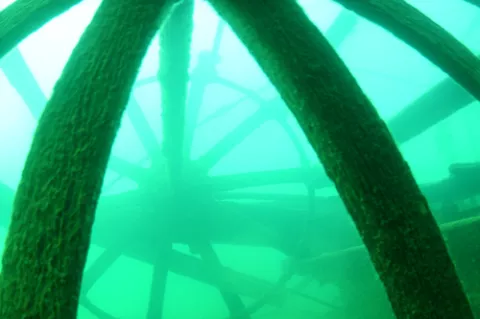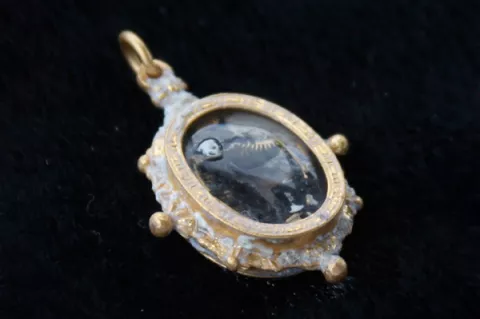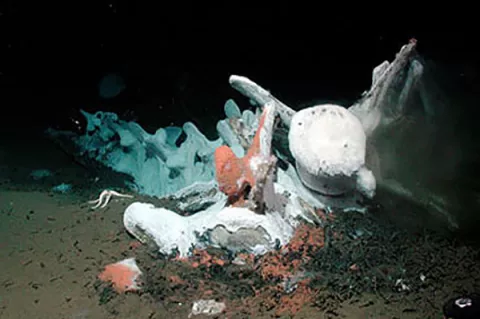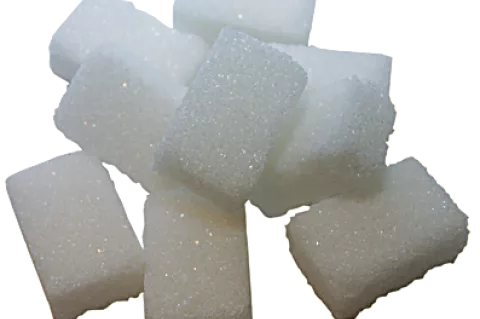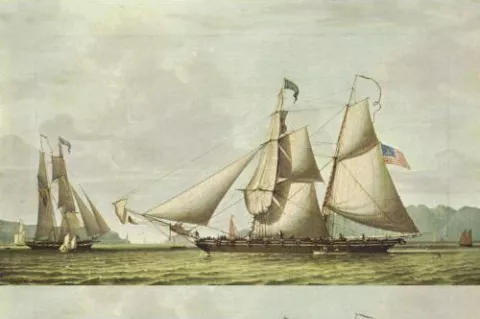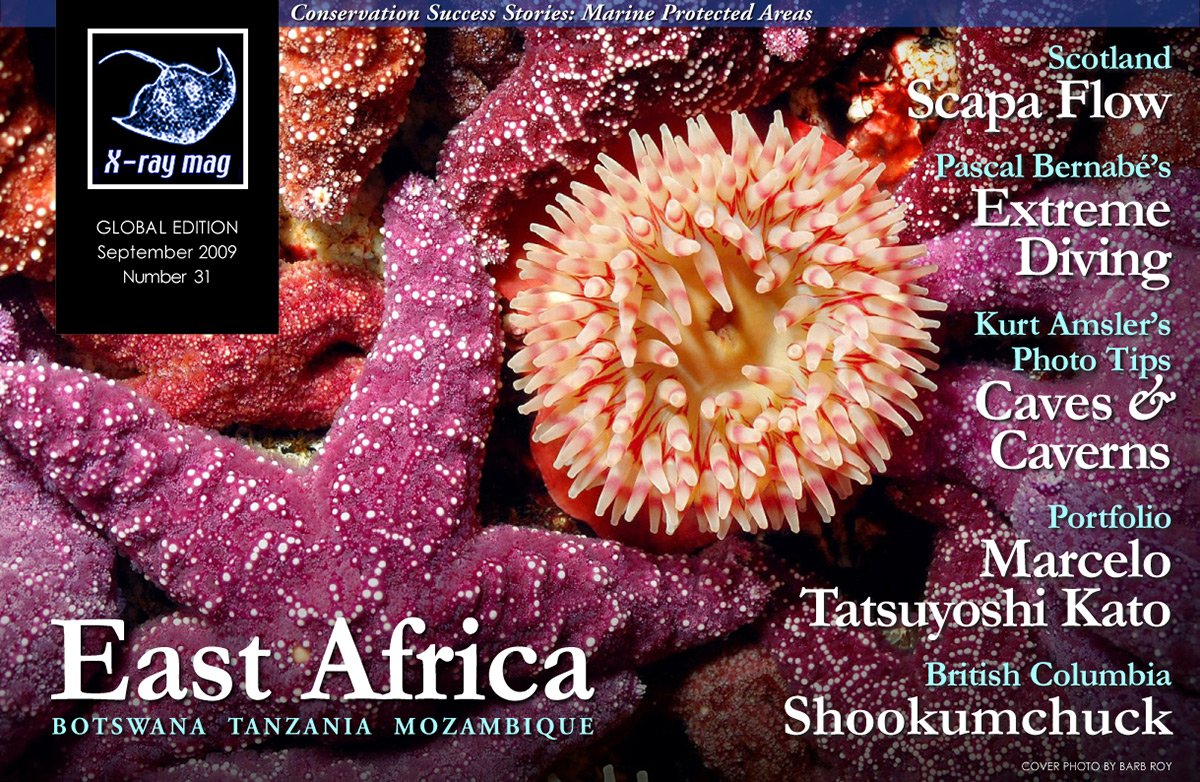Well-preserved paddlesteamer found in Canadian sub-arctic
Doug Davidge of the Yukon Transportation Museum in Whitehorse found the gold rush time capsule during a sonar survey. He has been looking for it on and off since the 1980s
The steamboat was built in San Francisco, taken apart in Skagway and hauled over the mountains to Lake Laberge.
"The discovery has been reported to the Canadian government and the Yukon government, and the winter ice has once again sealed the grave of A.J. Goddard.

